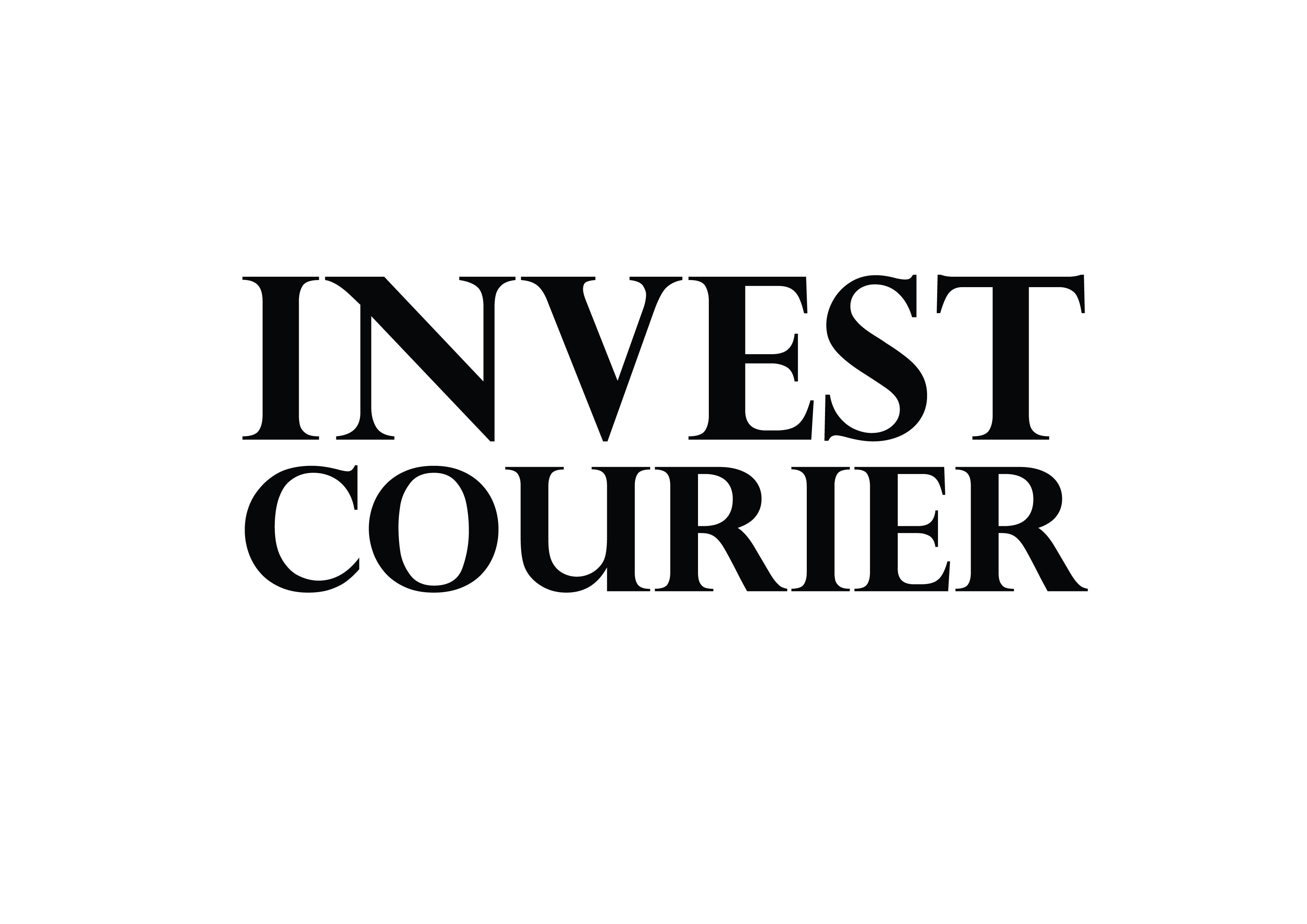Investing for retirement is key to saving more and securing your financial future. A good plan can turn your retirement savings into a solid nest egg. In the U.S., it’s vital to explore all retirement options for a safe financial future.
There are many ways to invest for retirement, like 401(k) plans and IRAs. Knowing your options helps you make smart choices for your future. The right strategy can help you build a big savings and enjoy a comfortable retirement.
Looking at different retirement options and planning well can boost your savings. It’s important to pick strategies that fit your needs and goals. This way, you can reach your financial dreams.
Introduction to Retirement Investing
Retirement investments are made to secure your financial future. With the right plan, you can grow your savings and have a great retirement. It’s crucial to explore all options and plan carefully for financial stability.
Key Takeaways
- Investment strategies for retirement are essential for maximizing savings and achieving financial stability.
- Individuals have numerous retirement investment options, including 401(k) plans and IRAs.
- Understanding different types of retirement investment options can help individuals make informed decisions.
- Effective investment strategies for retirement can help individuals build a substantial nest egg.
- Developing a comprehensive investment strategy can help individuals achieve their financial goals.
- Retirement investment options are designed to help individuals build a secure financial future.
Understanding the Importance of Retirement Planning
Retirement planning is key to a financially stable future. It means making a long-term plan for money, including finding income sources and saving. By choosing the right plans and strategies, you can enjoy a comfortable retirement. For more info, check out retirement planning resources.
Good retirement planning looks at future costs, debts, and how long you’ll live. You need enough money to live well after work. A smart plan helps you avoid mistakes and grow your savings. Early planning is crucial for a great retirement.
The Benefits of Early Planning
Planning early lets you use compound interest to grow your savings. It also lets you explore different investment options. Early planning offers several benefits:
- More savings potential
- Better investment choices
- Less financial worry
Common Misconceptions About Retirement Savings
There are many myths about saving for retirement. Knowing these myths and getting advice can help you plan better. This way, you can make a plan that fits your needs and goals.
Key Factors to Consider When Investing for Retirement
Investing for retirement involves several key factors. Time horizon and risk tolerance are crucial. Understanding these factors helps in making the right investment choices. It’s important to plan for retirement income and consider your financial situation and goals.
A diversified portfolio is key to managing risk and ensuring a steady income in retirement. It combines low-risk investments like bonds with higher-risk ones like stocks. Long-term investment strategies aim for steady growth, not quick profits. A thoughtful approach to retirement investing can secure a comfortable future.
- Assessing risk tolerance and adjusting investment choices
- Creating a diversified portfolio to mitigate risk
- Developing a long-term investment strategy focused on steady growth
By considering these factors and planning well, you can ensure a secure retirement. Effective retirement income planning is vital for a happy and fulfilling retirement.
| Investment Type | Risk Level | Potential Return |
|---|---|---|
| Bonds | Low | 2-4% |
| Stocks | High | 8-12% |
Types of Retirement Accounts Available in the U.S.
Planning for retirement means looking at different types of accounts in the U.S. A mix of retirement portfolio options can make your retirement savings secure. The 401(k) plan is one such option. It’s a plan offered by employers that lets employees save for retirement while paying less in taxes.
There are also Individual Retirement Accounts (IRAs), which come in two types: Traditional and Roth. Knowing the difference between these IRAs is key for good retirement planning. Traditional IRAs grow tax-free, while Roth IRAs offer tax-free growth and withdrawals.
Key Considerations for Retirement Accounts
- Contribution limits and eligibility requirements
- Investment options and fees
- Tax implications and potential penalties
Maximizing Retirement Savings
To diversify your retirement portfolio and make your savings secure, mix different accounts. A long-term investment plan is crucial. This way, you can build a strong retirement plan that meets your financial goals and ensures a comfortable future.
Diversifying Your Retirement Portfolio
It’s key to have a diversified retirement portfolio to manage risk and keep income steady. You should look into different investments like stocks, bonds, and real estate. This mix helps spread out risk and can lead to better growth over time.
When picking investments for retirement, think about tax benefits too. Some investments grow tax-free or offer tax-deferred growth. Adding these to your portfolio can save you money on taxes and boost your savings.
Asset Classes to Consider
- Stocks: Offer potential for long-term growth, but come with higher risk
- Bonds: Provide relatively stable income, but may offer lower returns
- Real Estate: Can provide a steady income stream and potential for appreciation
The Role of International Investments
International investments are crucial for diversifying your portfolio. They let you tap into different economies and industries. This can lower your risk and possibly increase your returns, making them a smart choice for tax-efficient retirement planning.
To build a strong retirement portfolio, you need to think about many investment options and tax strategies. This approach can help you grow your wealth over time and ensure a secure retirement.
| Asset Class | Potential Return | Risk Level |
|---|---|---|
| Stocks | 8-10% | High |
| Bonds | 4-6% | Low |
| Real Estate | 6-8% | Medium |
Dollar-Cost Averaging as a Strategy
Dollar-cost averaging is a smart way to invest that can lower risk and boost returns over time. It means investing a set amount of money at regular times, no matter the market’s state. This way, investors avoid trying to guess the market’s ups and downs. Investment strategies for retirement often use this method to reach long-term goals.
This strategy is great for handling market swings. By investing regularly, you can buy more when prices are low. This can lead to higher returns over the long haul. It’s perfect for long-term investment strategies, helping investors stay on track despite market ups and downs.
How It Works
Dollar-cost averaging means investing a fixed amount at set times, like every month. This method lessens the effect of market swings. Instead of big bets, you make small, steady investments that can grow your wealth over time.
Benefits During Market Volatility
Dollar-cost averaging shines when markets are shaky. Regular investing lets you snag good deals during downturns. This way, you can keep your focus on long-term goals, avoiding quick decisions based on short-term market moves.
The main perks of dollar-cost averaging are:
- Reduced risk: Regular investing can soften the blow of market ups and downs.
- Increased returns: By investing when prices are low, you can see your money grow over time.
- Disciplined approach: This strategy keeps you on track with your long-term plans, avoiding emotional decisions.
In summary, dollar-cost averaging is a strong strategy for long-term success. By investing regularly and skipping the market timing game, you can lower risk and boost returns. It’s a key part of any solid long-term investment plan, helping you build wealth and secure your financial future.
The Importance of Regularly Reviewing Investments

It’s key to check on your retirement investments often. This helps make sure you’re on the right path to your retirement dreams. You’ll need to look at how your investments are doing and tweak them if needed.
This way, you can make smart choices about your retirement savings. A good review can spot areas to improve and fine-tune your investment mix.
Life changes, like getting married or having a child, can shake up your financial plans. You might need to up your retirement savings or look into other safe investments.
Tracking Progress Towards Retirement Goals
To keep track of your progress, regularly check your investment portfolio. Compare it to your retirement goals. Here’s how:
- Keep an eye on how your investments are doing and the fees they charge.
- Make sure your investments are spread out and match your risk level.
- See if you’re getting closer to your retirement savings goals.
Adjusting Strategies Based on Life Changes
Life events can change your retirement plans. It’s important to adjust your strategies. Here’s what you might do:
| Life Event | Impact on Retirement Plans | Adjustment Strategy |
|---|---|---|
| Marriage | More expenses and possibly combining retirement accounts | Update your retirement savings plan to handle more expenses and income together |
| Having a child | More expenses and possibly less income | Look into safe retirement investments and adjust your savings plan for less income and more expenses |
The Role of Social Security in Retirement Planning
When planning for retirement, Social Security is a big part. It’s key to know how benefits are figured out and how to get the most from them. This info helps people make smart choices about their retirement money and how to save on taxes.
It’s important to understand the Social Security system for good retirement planning. Benefits are based on what you’ve earned, and there are ways to get more. For instance, waiting to retire can mean bigger checks, but taking benefits early can cut the amount. A smart plan can help you use your Social Security wisely and keep your income steady.
Here are some tips for getting the most from Social Security:
- Delaying retirement to increase benefits
- Coordinating benefits with a spouse or partner
- Understanding the impact of taxes on benefits
By using these strategies in a detailed retirement plan, you can save on taxes. This ensures a secure financial future.
Tax Implications on Retirement Investments

When looking at retirement investment options, knowing about taxes is key. Using tax-efficient strategies can boost your after-tax returns. This can make a big difference in your retirement savings. It’s important to think about how capital gains tax affects your investments.
There are many retirement investment options to lower your taxes. For example, tax-deferred accounts like 401(k)s or IRAs offer tax benefits. The best retirement investment plans might mix taxable and tax-deferred accounts. Experts say a diverse portfolio with stocks, bonds, and more can cut your taxes.
As investment strategies sites point out, good tax planning is vital for retirees. It’s about knowing how different investments affect your retirement savings. Getting advice from financial advisors and tax experts can help you tailor a plan that meets your needs and goals.
- Mixing retirement accounts to include both taxable and tax-deferred ones
- Thinking about Roth conversions to lessen tax worries in retirement
- Using tax losses to balance gains and lower taxes
By grasping the tax side of retirement investment options and planning wisely, you can secure a better retirement. This way, you can enjoy a more stable and lasting income in your golden years.
The Impact of Inflation on Retirement Savings
Inflation can greatly reduce the buying power of retirement money. It’s key to think about this when planning for retirement. As prices go up, the value of what you save goes down. This makes it harder to live comfortably in retirement.
To fight this, people can use long-term investment plans. These plans spread out retirement savings across different types of investments. This helps protect against inflation.
Investing in things like precious metals or real estate can also help. These often do well when inflation is high. Also, mixing different kinds of investments in your retirement portfolio can lessen inflation’s blow. This mix can include safe investments like TIPS and riskier ones like stocks or mutual funds.
Strategies to Combat Inflationary Pressures
- Invest in inflation-indexed bonds, such as TIPS
- Allocate assets to precious metals, like gold or silver
- Consider investing in real estate or real estate investment trusts (REITs)
- Diversify retirement portfolios by allocating assets across different classes
Using these strategies in a long-term plan can safeguard retirement savings. It ensures a more stable financial future. Diversifying your retirement portfolio is key to keeping your savings’ value and reaching your long-term goals.
Seeking Professional Help: When and Why to Consult a Financial Advisor
While
and can be complex, you don’t have to navigate them alone. A qualified financial advisor can offer invaluable guidance and expertise. They help you make informed decisions about your retirement savings.
Financial advisors can create a comprehensive retirement plan that fits your unique goals and risk tolerance. They guide you through various retirement account options, optimize your investment portfolio, and adjust strategies as your life changes.
When choosing a financial advisor, look for someone who is certified and has extensive experience in retirement planning. They should be committed to acting in your best interests. Ask about their credentials, fees, and investment approach to ensure they’re right for you.
By working with a trusted financial advisor, you can be confident that your is on the right track. Your hard-earned savings will be protected for the years to come.
FAQ
What are the best retirement investment options?
The best options depend on your goals, risk level, and when you plan to retire. Popular choices include 401(k)s, IRAs, stocks, bonds, mutual funds, and real estate.
How can I diversify my retirement portfolio?
Diversifying helps manage risk and ensures steady income. Invest in stocks, bonds, real estate, and international markets. This mix balances growth, income, and risk.
What is the role of Social Security in retirement planning?
Social Security is a key income source in retirement. Knowing how it’s calculated and how to maximize it is vital for a solid plan.
How does inflation impact retirement savings?
Inflation can reduce the value of your savings. Invest in assets like real estate or commodities to protect against it. Diversifying your portfolio also helps.
When should I consult a financial advisor for retirement planning?
A financial advisor is helpful at any stage. They offer personalized advice and ensure your investments match your goals.
What are the key factors to consider when investing for retirement?
Consider your time horizon, risk tolerance, and goals. These factors influence your investment choices and diversification, crucial for a good strategy.
How can I maximize my retirement savings through tax-efficient investments?
Use tax-advantaged accounts like 401(k)s and IRAs. Tax-loss harvesting and asset location can also optimize your investments and increase income.
What is the concept of dollar-cost averaging, and how can it benefit my retirement investments?
Dollar-cost averaging involves regular investments, regardless of market conditions. It can reduce risk and increase returns over time, making it a good strategy for retirement.
How often should I review and adjust my retirement investment strategies?
Review your strategies annually or after significant life events. This helps track progress, make adjustments, and keep your investments aligned with your goals.
What are the common misconceptions about retirement savings?
Misconceptions include thinking Social Security is enough, delaying savings, and believing 401(k)s and IRAs are the only options. A well-rounded plan can help achieve financial goals.


